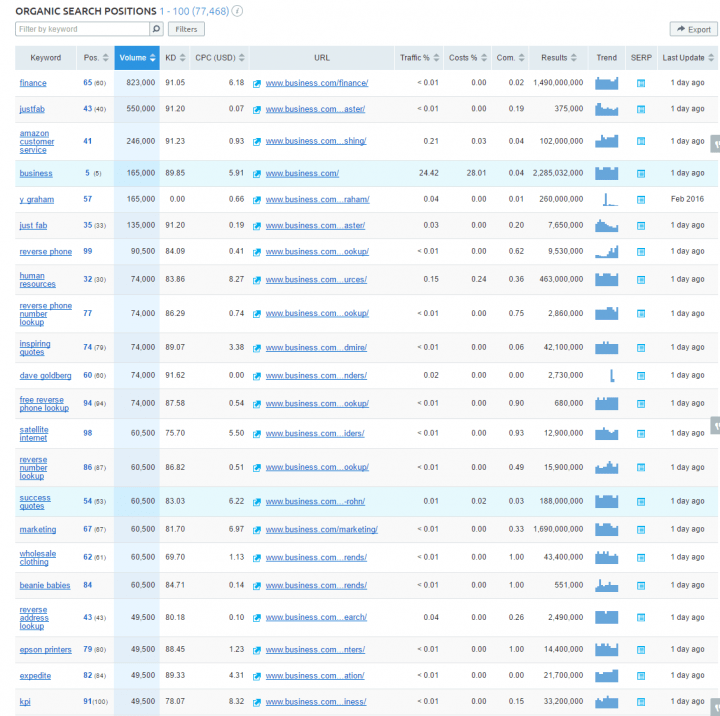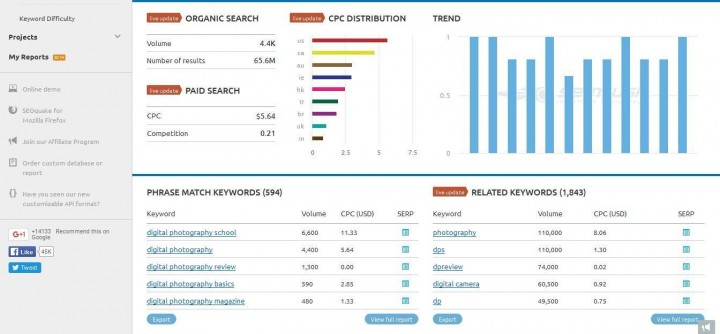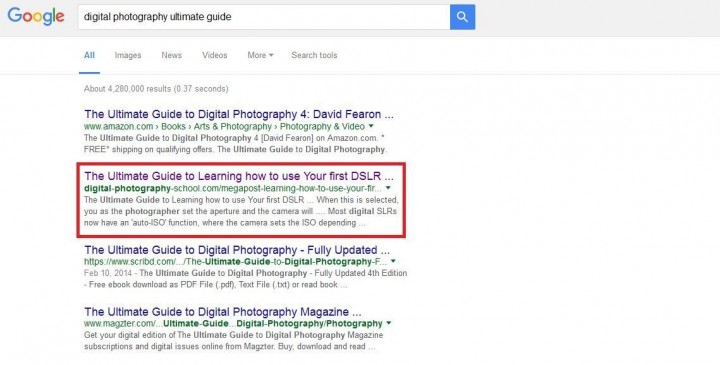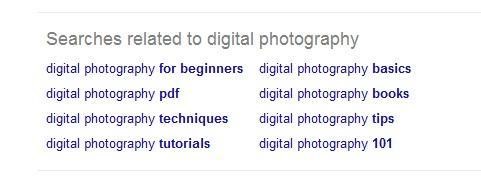Focusing on the right keywords has a huge impact on growing your traffic. The added benefit of keyword targeting is that this content will bring you visitors who are more likely to convert to leads and sales.
Writing content for SEO is a lot more than sprinkling a few keywords throughout your text. Google will certainly not appreciate it very much. Not only will you fail to get your site ranked highly by it, but you also risk getting penalized. Google updates like Panda and Penguin have put an end to keyword stuffing and forced content marketers to adopt new SEO strategies and work much harder.
However, contrary to what you may read, keywords are still a very viable strategy when writing content. You just have to be ready to put in more effort and be more subtle when implementing them. To show you that keyword research and writing with keywords in mind can still work for you, check out this great post on SEMrush by Syed Irfan Ajmal. In the post he explains how he increased revenue by 23.85% in 6 months, just by implementing that very strategy.
In addition to that, we are going to share some tips and tricks on how you are supposed to target the right keywords and write posts around them which your audience will find useful, and Google will rank very high. Keep on reading to find out more.
1. Keyword Research
One of the best tools which you can use when targeting the right keywords for content creation is SEMrush. It's one of our favorites because it enables us to take a peek at what our competitors are doing, which we then use as a basis to improve our content. But, apart from that, it's a real goldmine of information. If you haven’t done so already, create an account and log in. Once you are logged in, type in the URL you want to know more about. We are going to use Business.com as an example.
On the left-hand side, you will be able to see the link named “Organic Research.” After you click on it, you will go to “Positions” section of the website.

Even at first glance, you will be able to find tons of information which will give you a better insight into any website, including stuff like keyword rankings, traffic, search volume, keyword difficulty, and traffic cost.
It’s a good strategy to choose the keywords you already rank for (first 50 positions) which have a search volume of 1000 or higher.
Let’s take a look at keywords with high traffic our example URL, Business.com can target.

Balancing the volume and relevance is how you can get the best keywords for targeting, around which you can build your content. Now it’s time to start writing.
2. Writing with Keywords in Mind
As we have mentioned before, keyword stuffing is one of the most outdated and frowned upon practices you can adopt when creating content around keywords. Not only will Google rank your website lower, but posts and articles which are stuffed to the brim keywords and phrases, often meaningless or downright ridiculous, are also avoided by readers because they are not able to find anything of value in those posts.
However, that doesn’t mean you should give up inserting a few key phrases which make complete sense, and which are bound to find themselves in an article anyways. If your key phrase is “digital photography Mexico,” it sounds completely lame and unnatural. But, if you implement it more organically and say “digital photography in Mexico is more popular than ever,” it sounds much better.

As for keyword density, you need to be careful. If you are indeed writing an article about digital photography, you don’t need to drop a keyword like “digital photography” every 50 words or so. Readers already know the article is about that particular subject, so reminding them of it every 30 seconds is just blatant keyword stuffing. Aim for 1-3% keyword density when inserting your keywords, while maintaining good readability and value of your posts. Anything more than that and you will land yourself in hot water with Google.
3. Writing Long Posts
We are talking both long articles which are at least 1000 words long or better yet, around 1500 words long, as well as in-depth pillar posts, which are upwards of 2000 words. While it is not necessarily a rule, longer articles tend to provide more value for the reader, more useful data, because there is simply more room for the writer to get into the matter.
On top of that, Google favors longer articles because they have more material for its spiders to analyze and rank properly. So why doesn’t everyone just write these massive posts? The answer is simple: they are damn hard to write, and it will take you forever to complete one.

Longer articles allow you to get just about any natural combination of relevant keywords into your article. On top of that, longer articles will keep your readers for much longer on your website, and you will get more comments, links and social media shares than you normally would, by writing short posts. Check out How to Easily Write Awesome Long-Form Content.
Where keyword placement does matter is at the beginning of the article, so be sure to pepper your introduction with a few targeted keywords.
4. Short-head Keywords vs. Long-Tail Keywords
Both short-head and long-tail keywords have their share of supporters and detractors. We say, why can’t you have both? In fact, you need both. In case you are not familiar with the term, long-tail keywords are, well, long phrases which are extremely specific, but which are more likely to be used by readers which are close to purchasing something they need.
With long-tail keywords, you are going to run into much less competition, and you will experience short-term benefits because people who are looking for those long-tail keywords will come straight to your website.
Short-head keywords, on the other hand, are much less specific and cast a much wider net in terms of audience. With short-term keywords, however, you are going to face a lot of competition, but as you produce quality content and establish yourself as a reliable source of information, those short-term keywords will start working in your favor.

You just have to be patient and work hard at creating great content. Once you have built your reputation, you will have people looking for general terms, such as “digital photography,” and clicking on your links, because they will have made their way toward the first pages of Google Search.
Keywords are still important!
The only thing that’s different is the way you will use them to make your content SEO-friendly. Long gone are the days of keyword stuffing. Now it is all about putting in the effort to create high-quality content readers will want to read. You will use that content as a basis for your keywords and marketing campaigns. Implement the suggestions in this article, and you will be able to increase your traffic and revenue in no time. It has worked for us and will work for you, as well.
____________
Image credit dryicons




